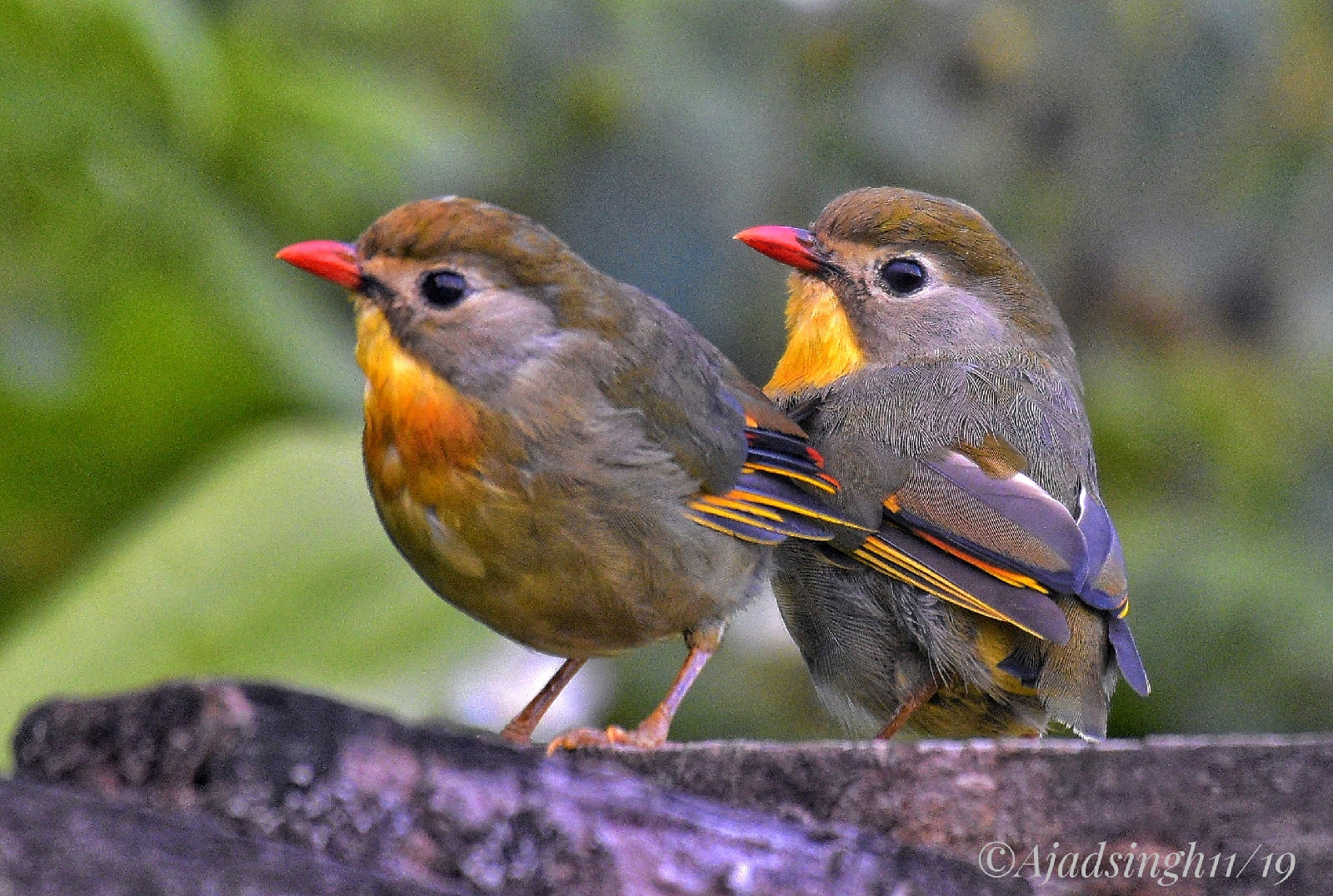Northern lapwing (Vanellus vanellus), Kaziranga National Park Assam December 19 Nikon Gears Full screen view recommend for details This also known as the peewit or pewit, tuit or tew-it, green plover, or (in Britain and Ireland) just lapwing, is a bird in the lapwing family. It is common through temperate Eurasia. It is highly migratory over most of its extensive range, wintering further south as far as north Africa, northern India, Pakistan, and parts of China. It migrates mainly by day, often in large flocks. Lowland breeders in westernmost areas of Europe are resident. It occasionally is a vagrant to North America, especially after storms, as in the Canadian sightings after storms in December 1927 and in January 1966. It is a wader that breeds on cultivated land and other short vegetation habitats. 3–4 eggs are laid in a ground scrape. The nest and young are defended noisily and aggressively against all intruders, up to and including horses and cattle. In winter, it...




















